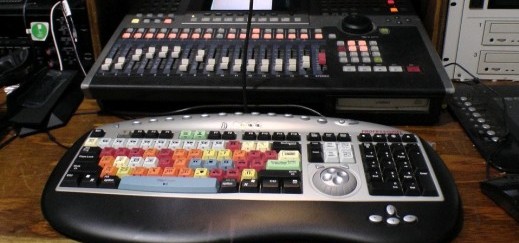Audio and video (A/V) is essential for corporate events, conferences, speeches and even parties. But anytime technical equipment is being used, there’s an inherit risk for problems. So if you’re responsible for planning an event, familiarize yourself with some of the following A/V problems and how to fix them.
Assuming the Venue will Provide A/V Equipment
Don’t assume that A/V equipment will be provided by the venue. While some venues offer on-site A/V equipment, others don’t. And if you arrive on the day on the event without the equipment, and it’s not provided by the venue, you could be forced to find a last-minute solution, which will likely cost a premium. The bottom line is that you need to check with the venue to see what, if any, A/V equipment is offered.
Not Enough Screens
Depending on the size of your event, a single screen may be insufficient. If you’re event is taking place in a large venue like an auditorium with 100+ guests, it’s probably a good idea to set up multiple screens, one for each section of the audience.
Screen Glare
Another all-too-common A/V problem at events is screen glare. Even if they look fine during the initial set up, light may hit them at just the right angle during the event to produce a blinding glare. So, what can event planners such as yourself do to prevent this phenomenon? Consider using screens with an anti-glare coating, and if a glare does occur, try repositioning the screens and/or the lighting. With a little bit of adjusting, you can eliminate most instances of screen glare at your events.
Incorrect Aspect Ratio
The aspect ratio of your video content should match your display screens. If you play video in a 4:3 aspect ratio on a 16:9 screen, for instance, it will create two lines of voided black space on the top and bottom, a phenomenon known as “letterboxing.” So when ordering your display screens, consider the aspect ratio of your video content and whether or not it matches with the screens.
Inaccessible WiFi
If you’re planning an event that requires a speaker or presenter to connect to the venue’s wireless network, don’t wait until the last minute to test the connection. Test the connection beforehand to ensue that you’re able to connect to the venue’s WiFi. Of course, if you don’t want to rely on the venue’s WiFi, you can always choose a third-party Internet service provider. This should be planned well in advance, however, to avoid confusion.
